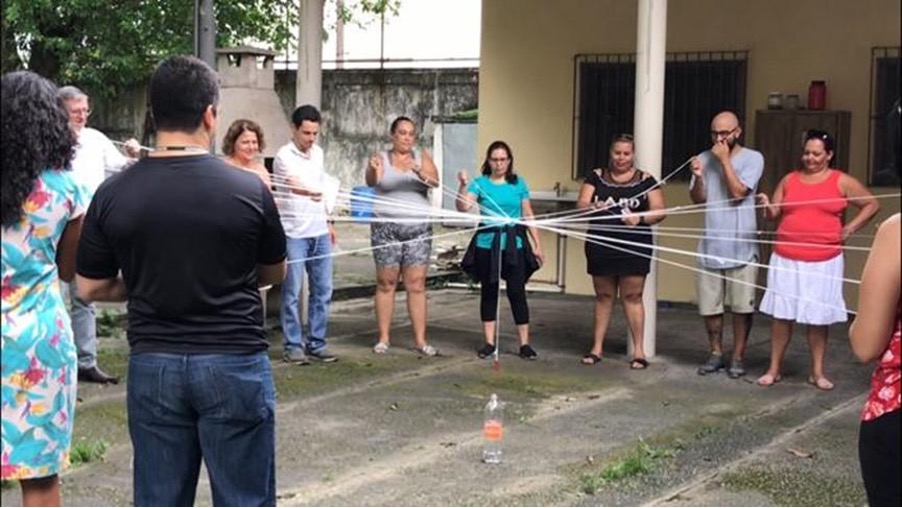The purpose of this building block is the implementation of participatory workshops with a maximum of 30 members/participants from producer families per workshop in the different territories (communities, sites, associations, etc.).
These workshops are carried out with the objective of:
(a) sensitize and raise awareness among producers, as well as technicians or other stakeholders on climate variability and its impacts; and.
b) assess and make a qualitative and descriptive analysis of perceived climate hazards and their direct impacts, exposure and vulnerabilities for the different production systems.
In addition, the first ideas for solutions / adaptation measures for a better resilience to the identified climate risks are worked out.
All this work is facilitated in a participatory, playful way, motivating all participants to speak and make their contributions, documenting the different steps of the workshop and its results.
